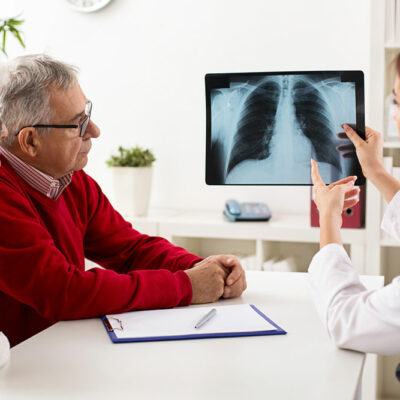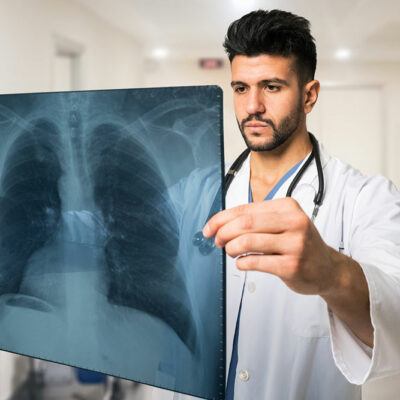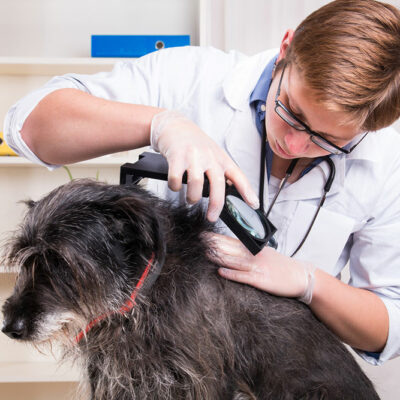
Diseases & Conditions
4 things to know about the final stage of lung cancer
When lung cancer reaches stage 4, it means that the cancer has become metastatic and spread from the lungs to other parts of the body. This is the final stage of lung cancer, and it is mostly incurable at this stage. Also, at this stage, the individual may undergo several physical and emotional changes. Keep reading to learn more about the symptoms of stage 4 lung cancer and treatments to manage them. Symptoms Some of the common symptoms that manifest during the final stage of lung cancer are listed below. Pain Extreme weakness and fatigue Persistent coughing Loss of appetite Muscle loss Fluid buildup around the lungs, which may trigger shortness of breath Restlessness A rattle in the chest when breathing Blood in spit or coughing Nausea Hoarse voice Wheezing Frequent respiratory infections (like bronchitis) Confusion Headaches Seizures that may occur if the cancer has spread to the brain Trouble focusing While symptoms may vary between individuals, these are some common physical symptoms noticed at this stage. Diagnosis To determine if the lung cancer has reached the fourth or final stage, a healthcare professional may suggest a few tests. These tests help them determine how much the cancer has spread and to what parts of the body.
Read More 




